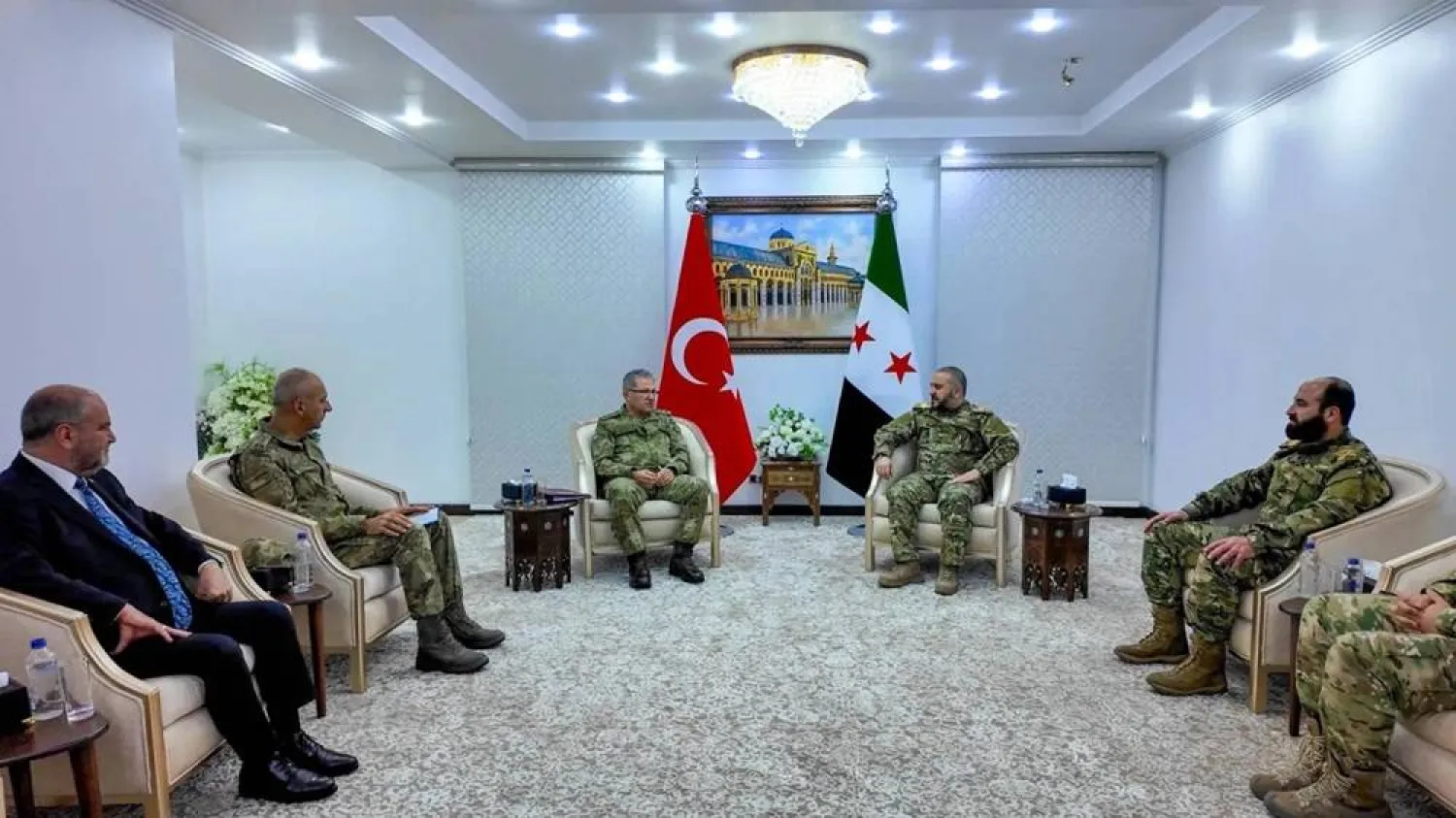The Sudanese military responded with artillery fire to an attack from Ethiopia against its forces deployed on a share border region with its neighbor.
Ethiopian forces struck the Jabal Abutiour border region on Sunday. The area is controlled by Sudan. No casualties were reported.
Amid the clashes, a military delegation, headed by chief of staff Mohammed Othman al-Hussein, headed to the border region to assess the latest developments and military operations.
The fighting took place despite statements from Khartoum and Addis Ababa that they wanted to avoid a border war. They instead stressed the need for negotiations to defuse tensions.
Ethiopia has, however, conditioned that the military withdraw from regions that were recaptured. Sudan has rejected any negotiations on the border, saying its forces are controlling their country’s territories.
It also says that the borders are recognized internationally and all that remains is to set the markers that have been removed due to the nature of the area. It urged the need to set the markers within close distances from each other whereby each point can be seen from the next with the naked eye.
Sudanese Defense Minister Yassin Ibrahim Yassin told Al Arabiya that Ethiopian Prime Minister Abiy Ahmed’s remarks about “disputed regions” prompted Khartoum to dispatch military units to impose their control over Sudanese regions on the border.
Yassin slammed the PM’s remarks over the alleged border dispute, saying the borders are “clearly demarcated according to international agreements.”
He also refused to link the border developments to the stalled negotiations over the Grand Ethiopian Renaissance Dam (GERD).
“The common factor in both these issues is Ethiopia’s stalling,” he charged. “We do not acknowledge a dispute in the first place so negotiations are not valid.”
Tensions have been high on the border since December after the Sudanese military redeployed its forces in the al-Fashqa region, expelling Ethiopian militias that were controlling it.
The move was prompted by an attack by the militias against Sudanese forces.









